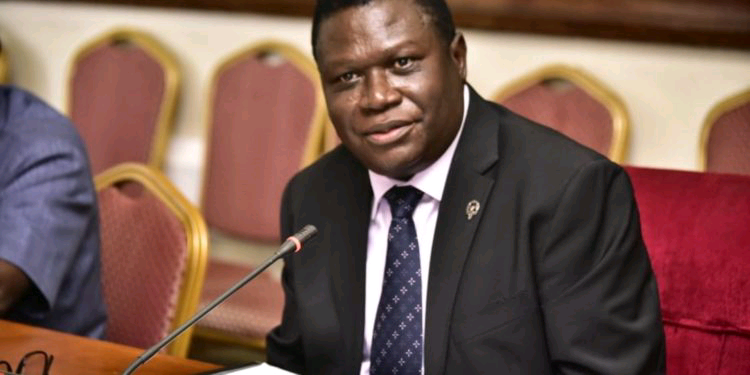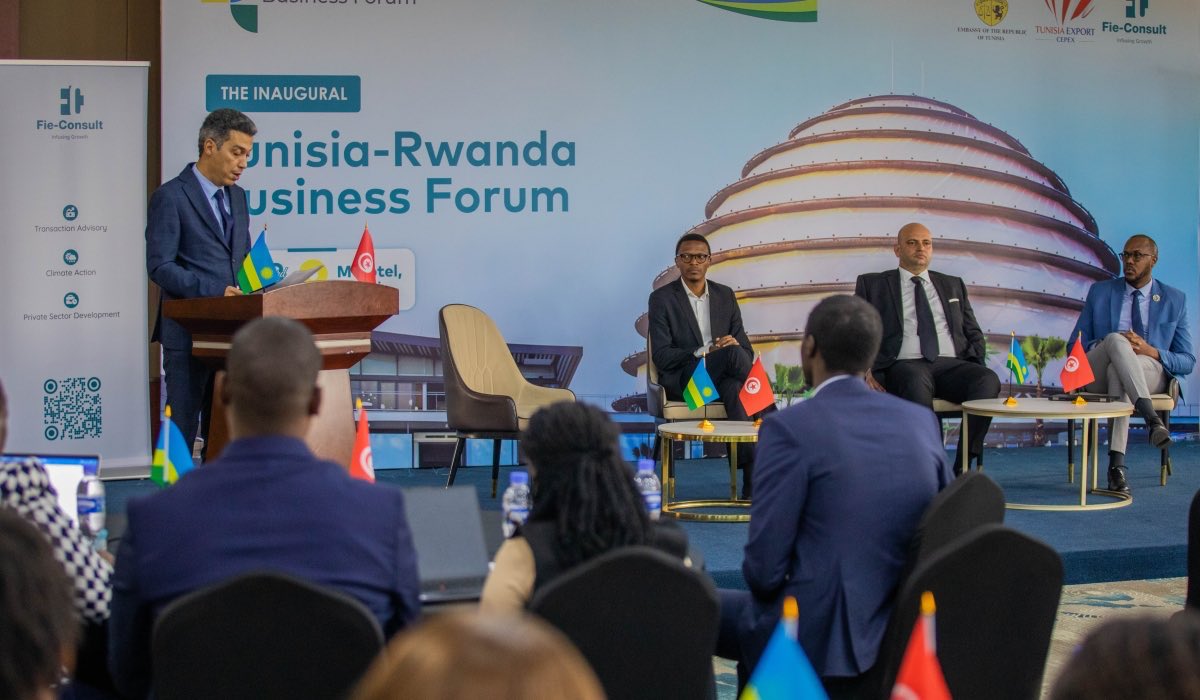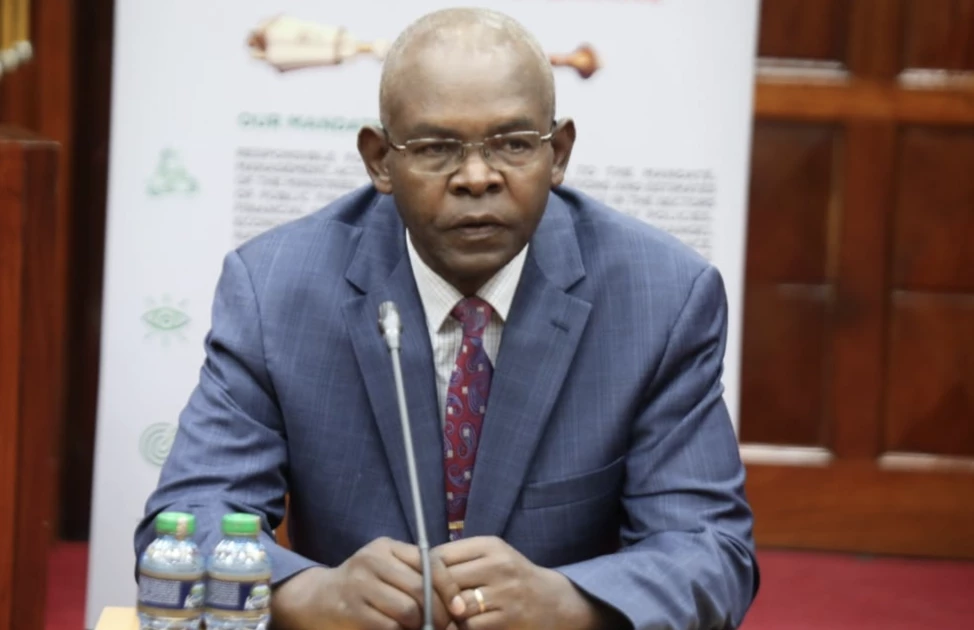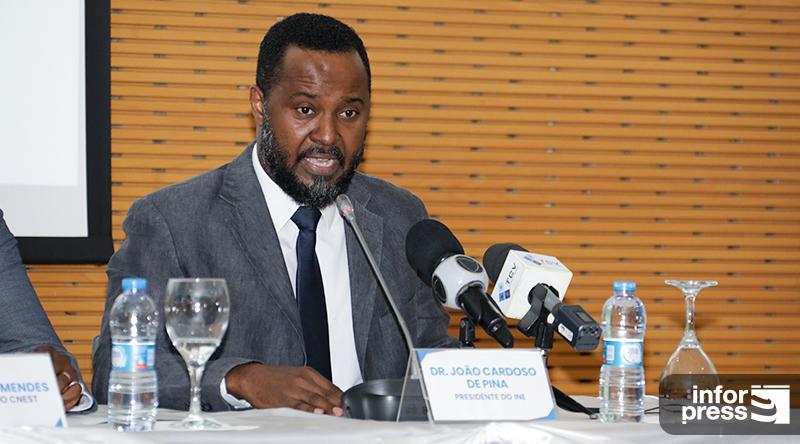UBA targets UNGA 2025 to launch Africa financing whitepaper
UNGA is noisy; capital isn’t. UBA’s whitepaper matters only if it shows hard metrics: $3–5bn size, ≥4× mobilization, AA/AAA wraps cutting 150–250 bps, ≥30% LCY/hedged, and a 6–12-month pipeline. Then tickers from ASI:LAG to J203 react; otherwise, it’s just polite applause.

As the 80th UN General Assembly enters its high-stakes stretch—session opened Sept. 9, with the High-Level General Debate set for Sept. 23–27 and 29—New York is awash in pledges. Yet United Bank for Africa’s planned whitepaper will rise or fall on hard numbers, not rhetoric. Side events grab headlines; the real finance work happens where banks and DFIs hammer out term sheets.
The difference between a forgotten PDF and a market-moving moment is financial architecture and actionable metrics. To be taken seriously by portfolio managers, UBA has to move past rhetoric and publish the mechanics of its vehicle: a headline programme of USD 3–5 billion, ≥4x private capital mobilization over concessional inputs, named AA/AAA guarantors with stated coverage percentages, and an explicit estimate of guarantee benefit—the basis-point delta between uncovered and wrapped funding costs—credible in the 150–250 bps range.
A non-negotiable will be currency. At least 30% of the portfolio should be originated in local currencies or fully hedged. Hedging against the USD can cost 8–15% annually for currencies like the naira or shilling; without LCY or robust hedges, project returns get eaten alive. Pricing must be transparent—base rate plus credit spread, tenor and grace periods—and accompanied by a disclosed pipeline with deals slated to reach financial close within 6–12 months, not 2027 wish lists.
West Africa will provide the first litmus test. Trade-finance depth and energy/digital rails can print quickly if wraps are in place and receivables flows are banked. The read-through will hit Nigerian bank tapes before it hits think-tank panels: Zenith Bank (NGX:ZENITHBANK) with pre-tax profit up 66.7% to ₦1.33trn, GTCO (NGX:GTCO) up 108% to ₦1.27trn (FY2024), and the NGX All-Share (ASI:LAG) up 38.22% YTD. If UBA names guarantors, publishes trigger language, and shows fee grids, funding curves can tighten and issuance windows open.
East Africa’s bottleneck is currency, not imagination. A credible LCY window—or hedging with disclosed pass-through to borrowers—unlocks SME and infrastructure cash flows otherwise frozen by FX swings. The Nairobi All-Share (NASI)—up 41.74% YTD—will be among the first barometers of renewed confidence if the paper demonstrates real local-currency capacity and tenors that match assets.
Central Africa will be judged on whether risk is genuinely relocated, not rhetorically reassigned. Political and offtaker risk dominate spreadsheets; investors will look for a loss waterfall that includes first-loss concessional tranches, political risk insurance for sovereign/performance events, and escrow/offtake enhancements with dated trigger mechanics. Spell out who holds credit/FX/political/offtaker risk at each tranche and when; investors finance waterfalls, not vibes.
Southern Africa is the proving ground for labelled finance and securitisation. A climate-transition taxonomy that passes global sniff tests can unlock segregated ESG pools and a durable greenium across green/SLB/SLL issuance. The cost-of-funding benchmark will be set by the regional leaders—Standard Bank (JSE:SBK), Absa (JSE:ABG)—and reflected in the FTSE/JSE All-Share (J203/ALSH), up 24.18% YTD. Offshore appetite is easily tracked through iShares MSCI South Africa (NYSE Arca:EZA), up 45.2%, and VanEck Africa (NYSE Arca:AFK), up 37.1% on a one-year view.
Boiled down to a trader’s checklist, what would actually move prices across the regions is simple: USD 3–5bn size, ≥4x leverage on concessional inputs, ≥30% LCY or hedged share, named AA/AAA wraps with explicit trigger text, base-plus-spread math and tenors in black and white, and a 6–12-month pipeline that can print. Deliver a blueprint with basis points, waterfalls, covenants, calendars, and an independent verifier, and the market will show up. Miss those, and it will offer polite applause—and move on.





